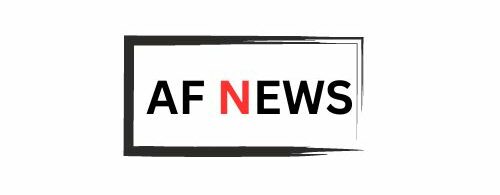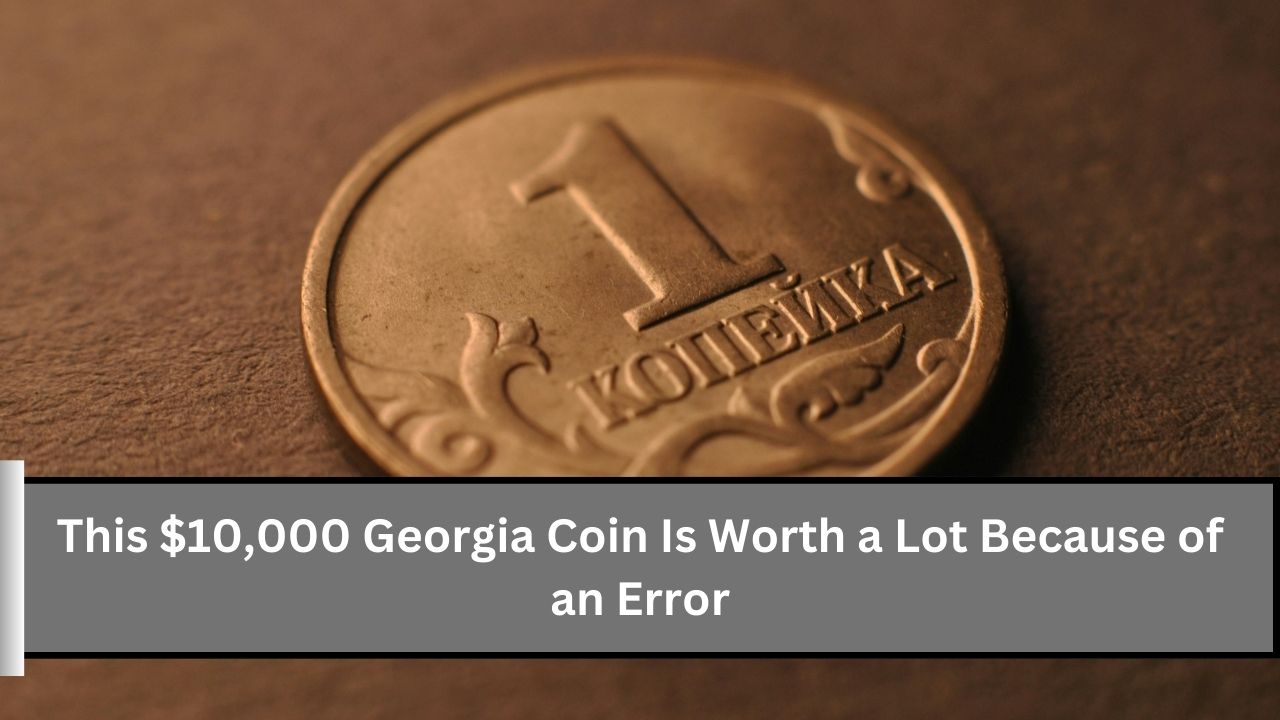Coin collecting is an exciting hobby that offers a mix of discovery and history. Many coins are sought after by collectors, and some are worth a lot of money due to unique features or errors that happen during their production. One notable example is a Georgia quarter valued at an impressive $10,000, mainly because of a minting mistake. In this article, we’ll explore the story of this extraordinary coin, the nature of minting errors, and what makes certain coins highly valuable in the world of coin collecting.
Understanding Coin Collecting
The Allure of Coin Collecting
Coin collecting, also known as numismatics, is more than just a pastime; it connects enthusiasts to history, art, and culture. Many collectors are drawn to coins not just for their monetary worth but also for the stories behind them. Each coin acts like a time capsule, reflecting significant events, important people, or cultural symbols.
Searching for rare coins, especially those with minting errors, adds excitement to the hobby. These special mistakes can make some coins incredibly valuable, sometimes worth thousands or even tens of thousands of dollars.
The Role of Minting Errors
Minting errors happen during the coin-making process and can appear in various forms. These errors occur when there are mistakes during production, leading to coins that do not match the intended design. Some common types of minting errors include:
- Off-Center Strikes: This happens when the coin blank is not aligned correctly, causing part of the design to be missing.
- Double Strikes: When a coin is struck more than once, making the design look blurry or layered.
- Wrong Planchet Strikes: When a coin is made using the wrong type of metal.
- Clipped Planchets: When the blank planchet is not fully punched out, resulting in a piece missing from the coin.
Among these errors, off-center strikes and wrong planchet strikes are especially desirable to collectors because they are unique and rare.
The Georgia Quarter: An Overview
Introduction to the Georgia Quarter
The Georgia quarter is part of the United States Mint’s 50 State Quarters Program, which began in 1999. This program was designed to celebrate each state’s history and culture with unique quarter designs. The Georgia quarter, released in 1999, features a peach, which represents Georgia’s nickname as the “Peach State.”
Designed by John Flanagan, the back of the Georgia quarter includes the word “Georgia” and the year of statehood, “1788.” While most Georgia quarters are common and worth their face value of 25 cents, certain versions—especially those with minting errors—can be worth much more.
The Unique Error that Makes This Coin Valuable
The Georgia quarter that is valued at about $10,000 has a special minting error called an off-center strike. This occurs when the coin blank is not correctly aligned with the minting dies. As a result, part of the design may be missing or appear off-center, giving the coin a unique look that distinguishes it from regular quarters.
Characteristics of an Off-Center Strike
- Visual Distortion: The most noticeable feature of an off-center strike is the distortion of the design. Some areas of the coin may be partially visible or completely missing.
- Rarity: Off-center strikes are uncommon, especially when they are as significant as the one found in the $10,000 Georgia quarter.
- Desirability: Collectors often seek out off-center strikes because of their unique appearance and the story they tell about the minting process.
Why Is This Georgia Quarter Worth So Much?
Factors Contributing to Its High Value
Several key factors contribute to the impressive value of the Georgia quarter:
- Rarity: The limited number of off-center strikes increases the demand among collectors. The fewer coins available, the more valuable they become.
- Condition: The condition of the coin is crucial in determining its value. Coins that are well-kept, with minimal wear or damage, typically sell for higher prices.
- Historical Significance: Coins that commemorate important events or have unique stories are often more valuable. The Georgia quarter’s connection to the 50 State Quarters Program adds to its appeal.
- Collector Demand: The interest in unique minting errors can significantly boost the value of certain coins. As collectors try to add rare pieces to their collections, prices can rise.
The Collectible Coin Market
The market for collectible coins can change based on various factors, including trends in the hobby, the economy, and collector interest. Knowing these factors can help both buyers and sellers of rare coins.
Market Trends and Economic Conditions
- Current Trends: The popularity of certain types of coins can affect their market value. For example, when interest in numismatics is high, prices for rare coins, including those with minting errors, may rise.
- Economic Conditions: In tough economic times, collectors may be more careful with their money. In a growing economy, there may be more spending money available for luxury items like collectible coins.
- Online Auctions: The rise of online auction sites has made it easier for collectors to buy and sell coins, leading to more competition and potentially higher prices.
Expert Authentication and Grading
When determining a coin’s value, authentication and grading are vital. Professional coin grading services assess the authenticity and condition of coins, which can significantly influence their market value.
The Grading Process
The most common grading scale is the Sheldon scale, which ranges from 1 (poor) to 70 (perfect). Coins with high grades, especially those with notable errors, can demand premium prices. Grading services like the Professional Coin Grading Service (PCGS) and Numismatic Guaranty Corporation (NGC) are trusted organizations that collectors rely on for accurate grading.
How to Identify Valuable Coins
If you want to start coin collecting and identify potentially valuable coins, here are some tips to help you get started:
1. Examine Coins for Errors
Carefully check your coins for any signs of minting errors. Common errors to look for include:
- Off-center strikes
- Double strikes
- Missing features (like a date or mintmark)
- Wrong planchet strikes (coins made from incorrect metal)
2. Check the Year and Mintmark
Research which years and mintmarks are known for producing valuable coins. Some years may have specific coins that are worth much more than their face value due to low production numbers or significant errors.
3. Evaluate Condition
Carefully assess the condition of your coins. Coins in excellent shape are generally worth more than those that show signs of wear or damage. Avoid cleaning your coins, as this can lower their value.
4. Use a Magnifying Glass
A magnifying glass can help you spot small details and imperfections that may indicate a minting error or unique feature.
5. Consult with Experts
If you think you have a valuable coin, consider speaking with a professional numismatist. They can provide insights into the coin’s history, rarity, and potential value.
Getting Started in Coin Collecting
If you’re interested in starting your coin collection, here are some steps to guide you:
1. Start with What You Have
Begin by checking your spare change for coins that may have errors or historical significance. You might be surprised by what you discover.
2. Educate Yourself
Read books and online resources about coin collecting and numismatics. Understanding the history and importance of coins will enhance your collecting experience.
3. Join a Community
Think about joining a local coin club or participating in online forums. Connecting with other collectors can provide valuable knowledge and tips.
4. Invest in Proper Storage
Protect your coins by using proper storage solutions, such as coin holders, albums, or capsules. Good storage helps maintain their condition and value.
5. Attend Coin Shows and Auctions
Coin shows and auctions are great places to find rare coins, meet other collectors, and learn more about the hobby. They offer opportunities to buy and sell coins, often at competitive prices.
Conclusion
The Georgia quarter valued at $10,000 is an excellent example of how a simple minting error can turn an ordinary coin into a valuable treasure. With its off-center strike, this coin has a unique look and tells a story about the minting process and the journey of coin collecting.
Whether you are a seasoned collector or just starting out, understanding the factors that affect a coin’s value can enhance your collecting experience. Keep an eye out for errors and historical significance, as you never know when you might discover a rare coin that could add substantial value to your collection. With patience and knowledge, you might just find the next big treasure in your pocket change. Happy collecting.
FAQs
1. What makes the Georgia quarter worth $10,000?
The Georgia quarter is valued at $10,000 primarily because it features a significant minting error known as an off-center strike. This occurs when the coin blank is not properly aligned during the minting process, causing parts of the design to be missing or distorted. Such unique minting errors are rare and highly sought after by collectors.
2. How can I identify minting errors on coins?
Sections of the coin are missing because it wasn’t fully punched out.
Using a magnifying glass can help you spot these details more easily.
3. Are all Georgia quarters valuable?
No, most Georgia quarters are not particularly valuable and are worth their face value of 25 cents. However, certain versions, especially those with minting errors like the off-center strike, can command much higher prices among collectors.
4. What factors influence a coin’s value?
Rarity: Scarcer coins tend to be worth more.
Condition: Coins in excellent condition typically fetch higher prices.
Historical significance: Coins with unique stories or commemorative designs may be more valuable.
Collector demand: Popular trends among collectors can drive up prices for certain coins.
5. How do I start a coin collection?
To start a coin collection, begin by examining your spare change for any coins that may have errors or historical significance. Educate yourself through books and online resources, consider joining a local coin club or online forum, and invest in proper storage for your coins. Attending coin shows and auctions can also help you find valuable pieces and connect with other collectors.

